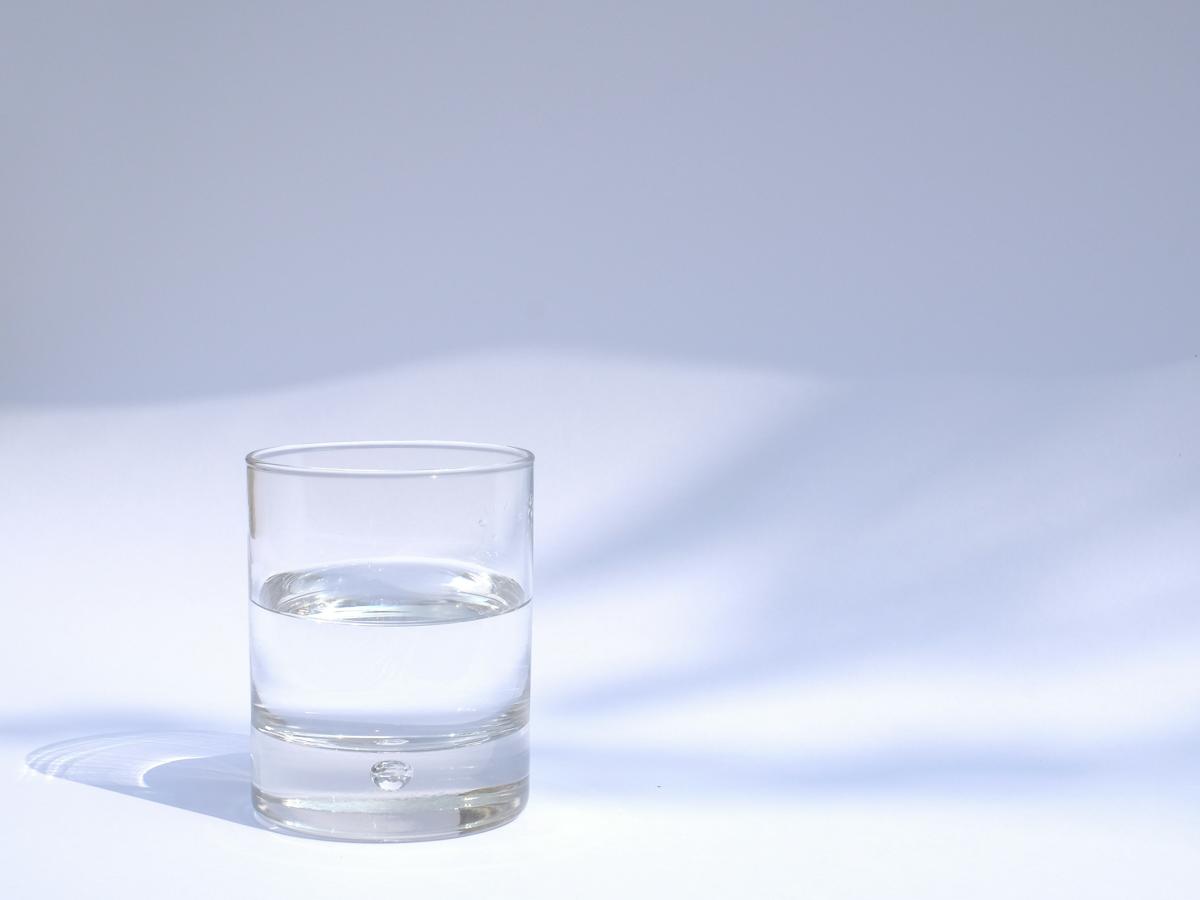Researchers at the University of Adelaide have developed a sunlight-activated material that can degrade per- and polyfluoroalkyl substances (PFAS) in water, breaking down the pollutant into harmless components, including fluoride.

Researchers at the University of Adelaide have developed a sunlight-activated material that can degrade PFAS in water, breaking down the pollutant into harmless components. Credit: Manu Schwendener.
The breakthrough discovery represents a promising low-energy solution for PFAS remediation, with potential applications in water treatment and environmental cleanup.
"PFAS contamination continues to pose a global health risk, and this research represents a critical step toward safer communities and cleaner ecosystems," says lead researcher Dr Cameron Shearer, from the University of Adelaide.
"Many water contaminants are degraded by adding a reactive chemical that binds to the carbon. However, in PFAS molecules, the carbon atoms are protected in such a way that makes this process nearly impossible.
"Our team has altered conditions and optimised the catalyst to target the PFAS-protective F atoms, which resulted in complete breakdown of the forever chemicals.
"The produced fluoride can be isolated and used in healthcare products such as toothpaste or as additives to fertilisers."
PFAS are a group of synthetic chemicals used in non-stick cookware, firefighting foams, and water-repellent fabrics that are extremely resistant to breakdown due to their strong carbon-fluorine bonds and therefore accumulate in the environment and human bodies.
The substances have been linked to serious health issues, including developmental disorders, infertility, and cancer.
Recent data shows more than 85 per cent of Australians have detectable PFAS in their blood, and new drinking water guidelines have lowered the safe limits for some PFAS chemicals to just nanograms per litre.
"The materials we have developed through our research could be used as part of PFAS-treatment chains that first capture and concentrate PFAS in water, which can then be degraded through exposure to our light-activated materials ," says Dr Shearer, whose study is published in the journal Small.
"We plan to build on this study through our ongoing work improving the stability of the materials before they can be applied to large scale systems, a project that is being led by my University of Adelaide colleague Mahmoud Gharib."






